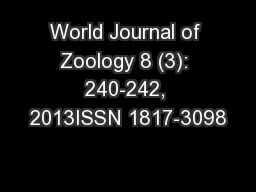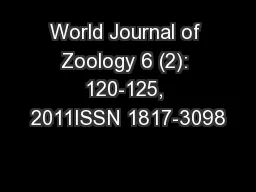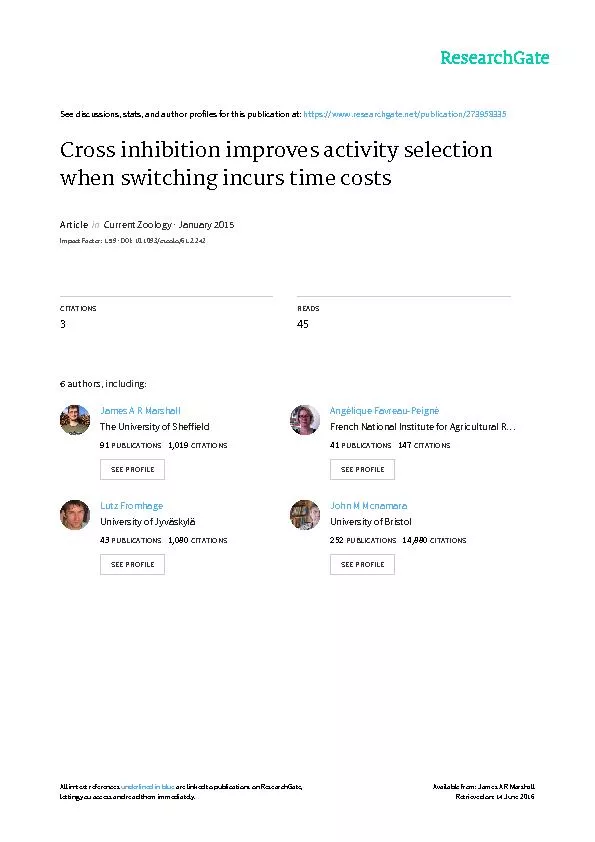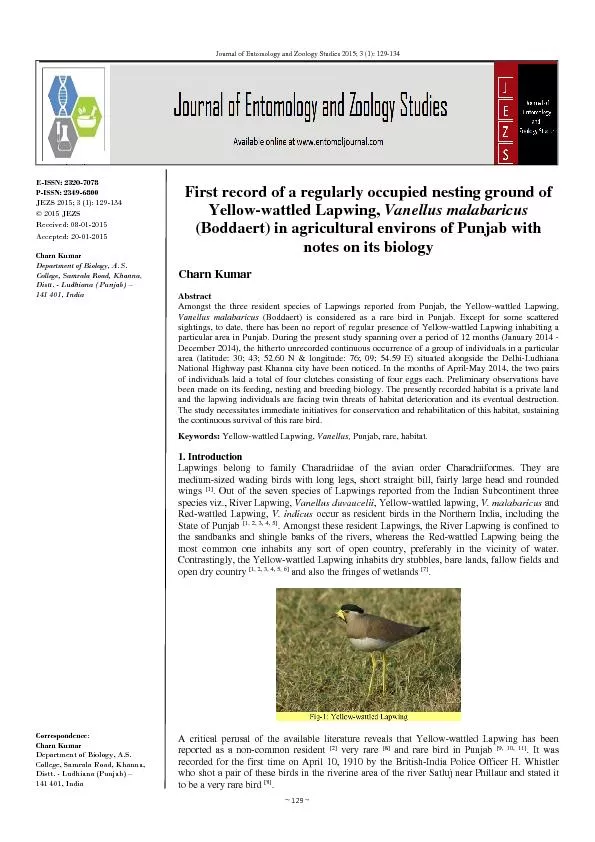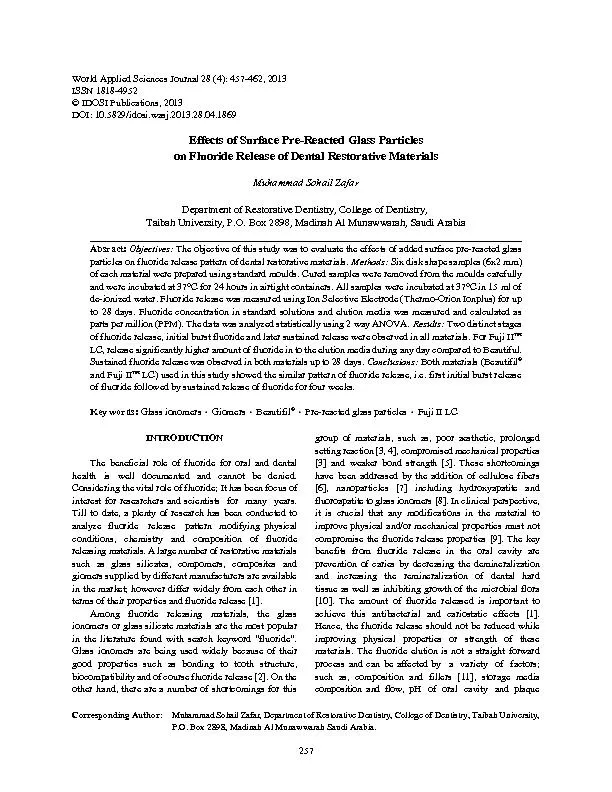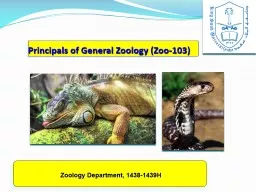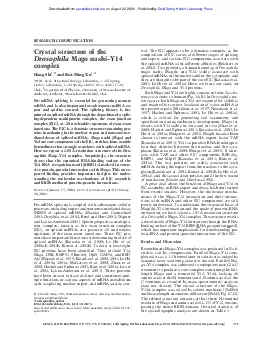PDF-World Journal of Zoology 8 (3): 240-242, 2013ISSN 1817-3098
Author : alida-meadow | Published Date : 2016-07-05
World J Zool 8 3 240242 2013241Table 1 Locations of Forest owlet collectionsobservations in the Indian subcontinentSites nameHabitat TypeGPS CoordinateObserver and
Presentation Embed Code
Download Presentation
Download Presentation The PPT/PDF document "World Journal of Zoology 8 (3): 240-242,..." is the property of its rightful owner. Permission is granted to download and print the materials on this website for personal, non-commercial use only, and to display it on your personal computer provided you do not modify the materials and that you retain all copyright notices contained in the materials. By downloading content from our website, you accept the terms of this agreement.
World Journal of Zoology 8 (3): 240-242, 2013ISSN 1817-3098: Transcript
Download Rules Of Document
"World Journal of Zoology 8 (3): 240-242, 2013ISSN 1817-3098"The content belongs to its owner. You may download and print it for personal use, without modification, and keep all copyright notices. By downloading, you agree to these terms.
Related Documents

